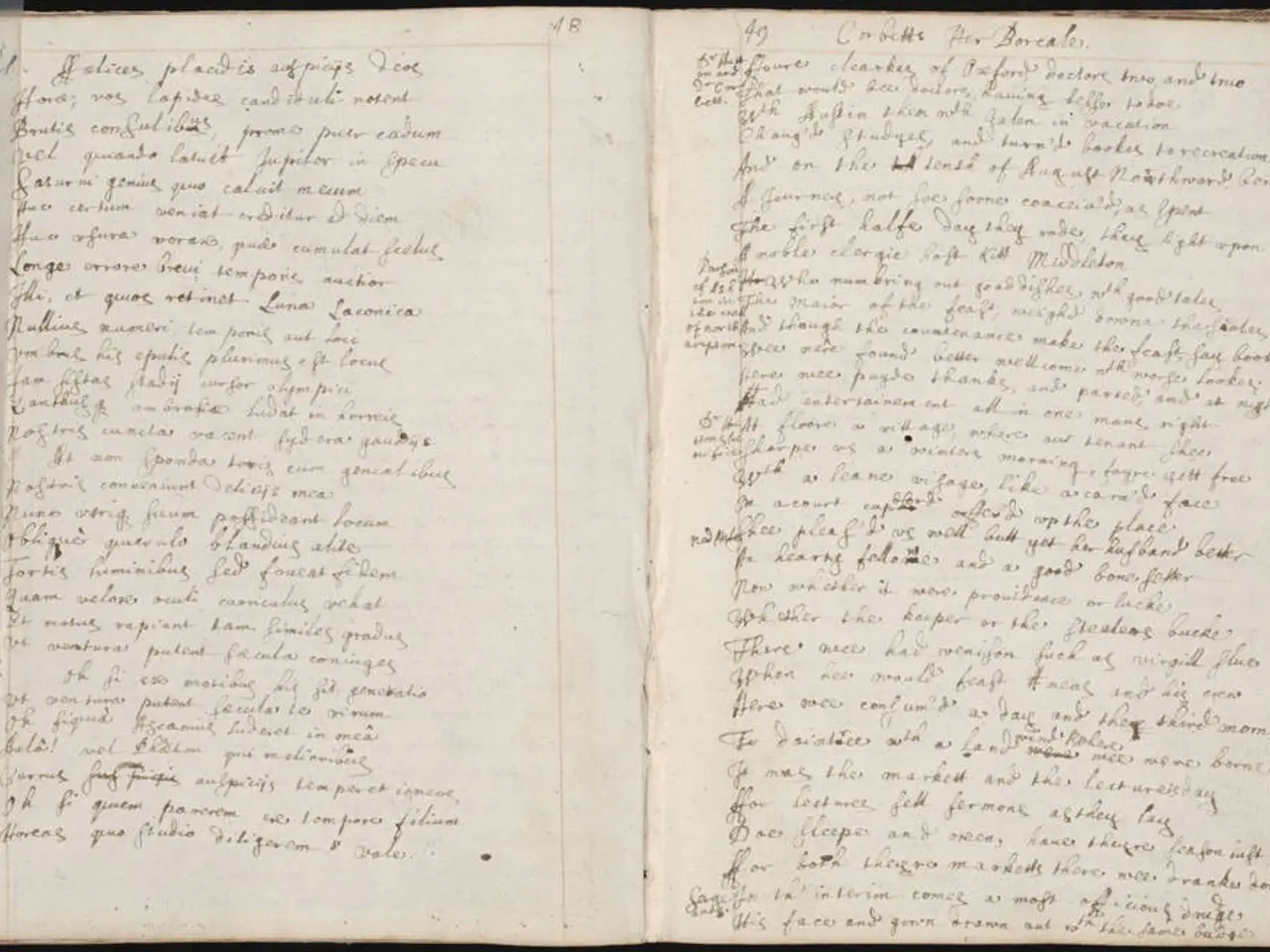Instructions for Composing Literature Reviews
The scope and length of a literature review can vary significantly, depending on various factors. These factors include the review's purpose, the specific research question, academic level, disciplinary conventions, time and resource constraints, and the availability and diversity of literature.
A literature review's primary function is to synthesize existing research findings and conduct a critical analysis. The goal can range from providing a broad overview (scoping review) to answering a specific question in a comprehensive and rigorous manner (systematic review). Narrative or traditional literature reviews may be more selective and thematic, with length and coverage varying widely.
More specific research questions lead to narrower, potentially shorter reviews, while broader questions require wider scope and longer reviews to cover diverse sources. For instance, a literature review in a dissertation or thesis can be a full chapter and quite lengthy, covering 20 or more significant sources for a 12-15,000 word dissertation. In contrast, literature reviews in research papers or assignments may be just a few pages long and cover fewer sources.
Different fields have varying norms about how exhaustive or concise literature reviews should be. For example, disciplines that commonly use qualitative evidence may allow for more flexibility, while those using quantitative evidence may require a more rigorous and comprehensive approach.
Practical factors such as time available and project's scope can limit the depth and comprehensiveness of a review. Rapid reviews, which shorten procedures for quicker outputs, risk some bias due to these constraints.
The availability and diversity of literature also play a crucial role. When literature is diverse in type and scattered, a scoping review might be more appropriate and broader. In fields with concentrated, high-quality studies, a systematic or integrative review might be chosen with a focused scope.
In terms of structure, the introduction section of a literature review usually makes up 5-10% of the total word count, followed by the main body section (discussing key topics, theories, and results from the literature) which usually makes up 70-80% of the total word count. The conclusion section typically comprises 10-15%, and the literature review itself usually consists of 1,000 to 2,000 words (4-8 pages) for undergraduate research papers, 2,000 to 5,000 words (8-20 pages) for journal articles, and can range from 3,000 to 10,000 words (10-40 pages) for master's theses. However, adhering to institutional guidelines is crucial, as they often contain specific instructions for the expected length and structure of the review.
In conclusion, the scope and length of a literature review are shaped by the review's aim, the research question, academic expectations, and practical limitations. For example, a broad scoping review may be longer but less detailed on each study, while a focused systematic review will be lengthier with detailed analysis but narrower in scope.
Online education, such as digital platforms offering courses for education-and-self-development, may provide numerous resources for conducting literature reviews, given the vast and diverse amount of literature freely available online. In such learning environments, one can research and synthesize existing research findings in various academic disciplines for a comprehensive and critical analysis.




